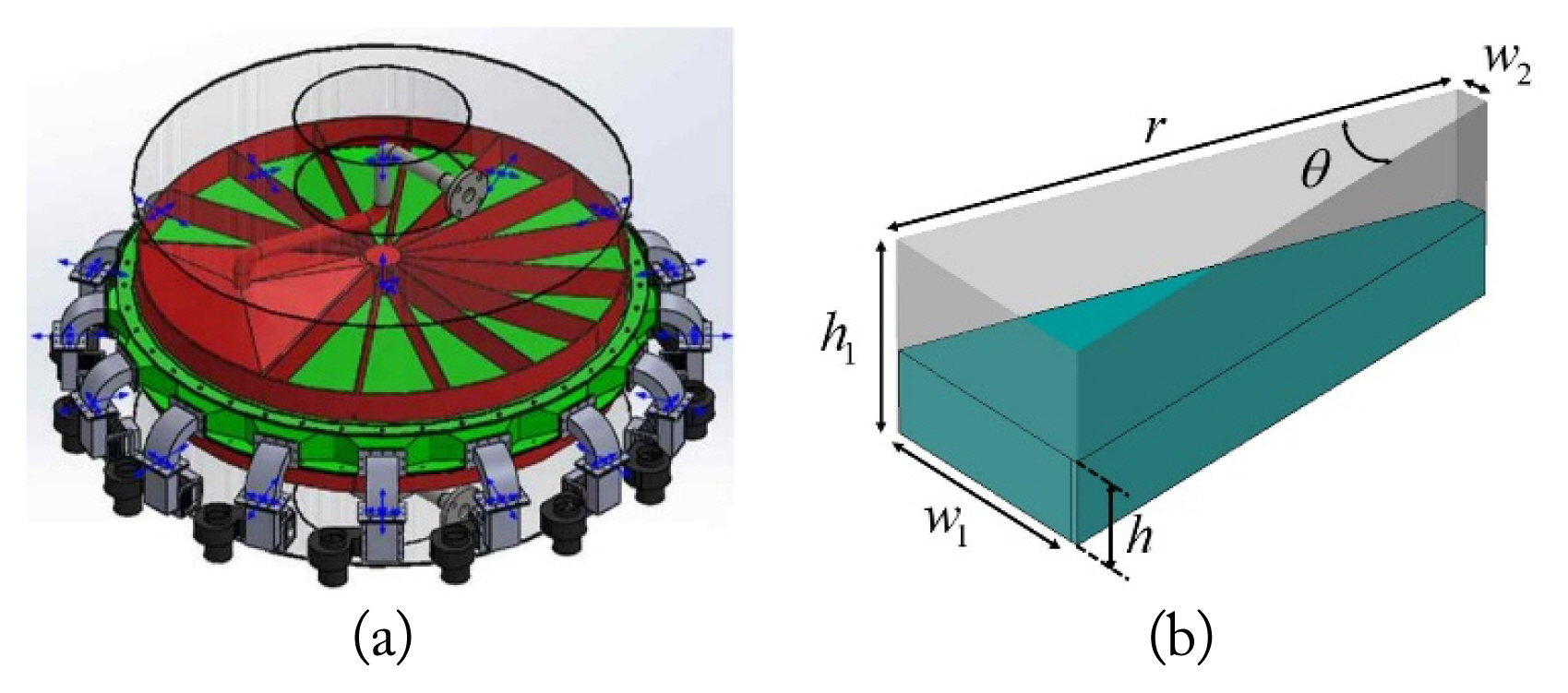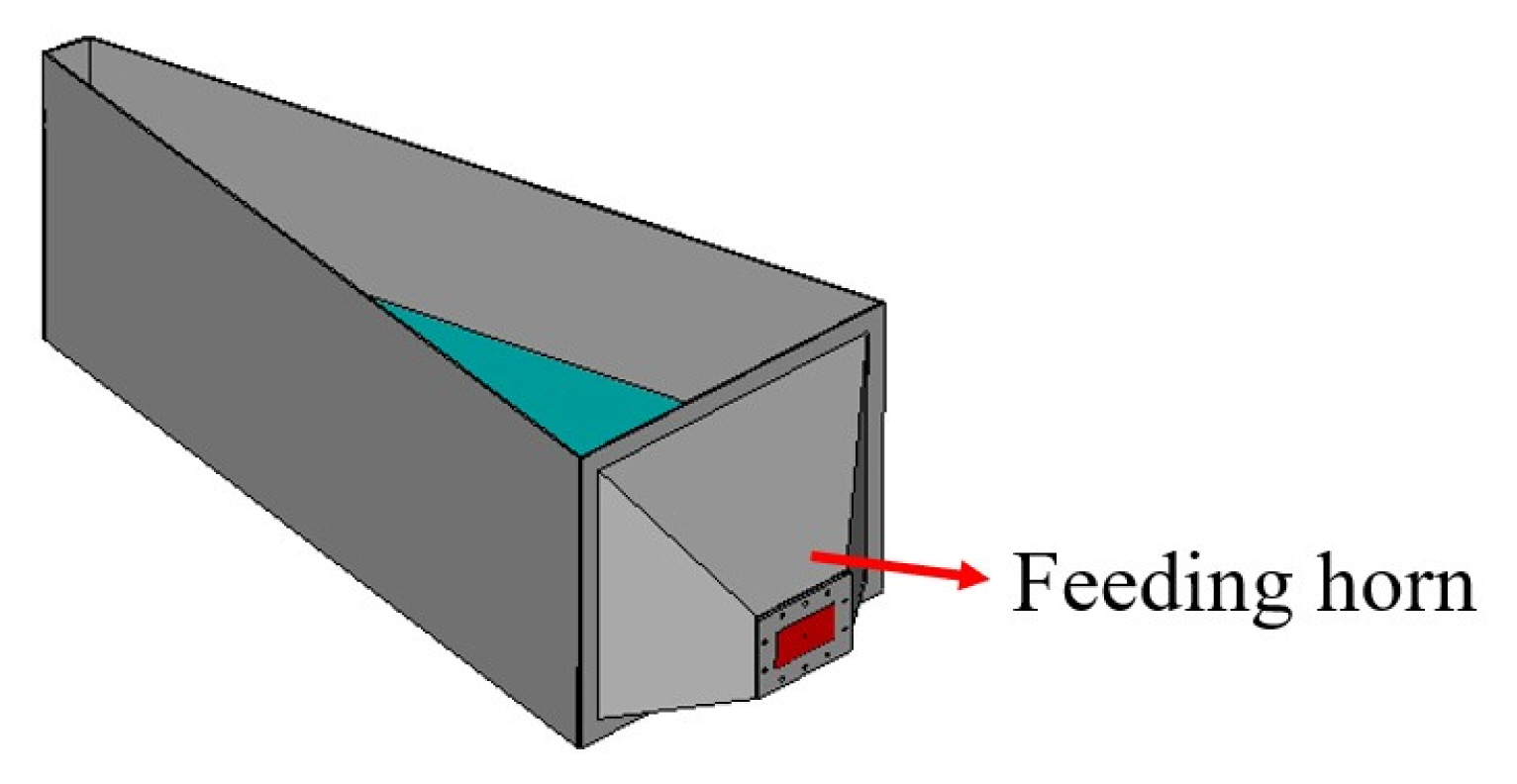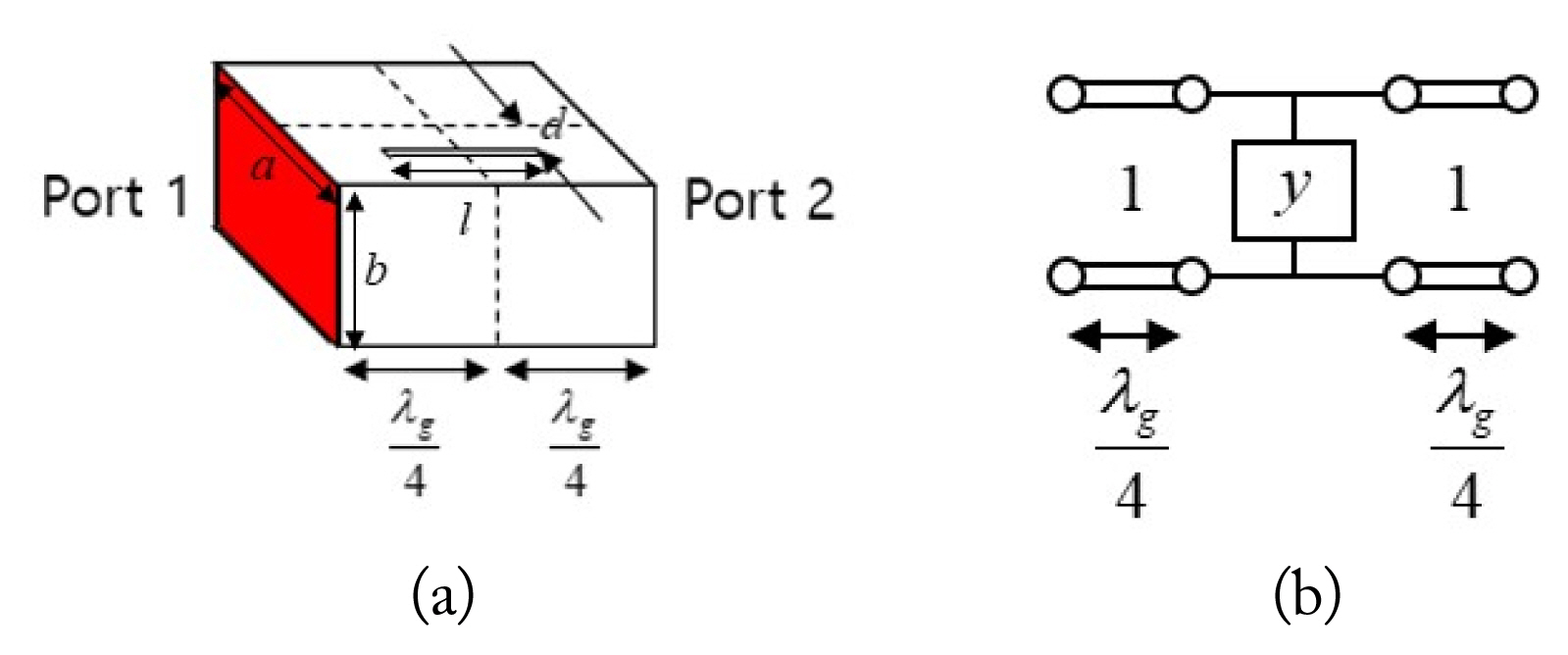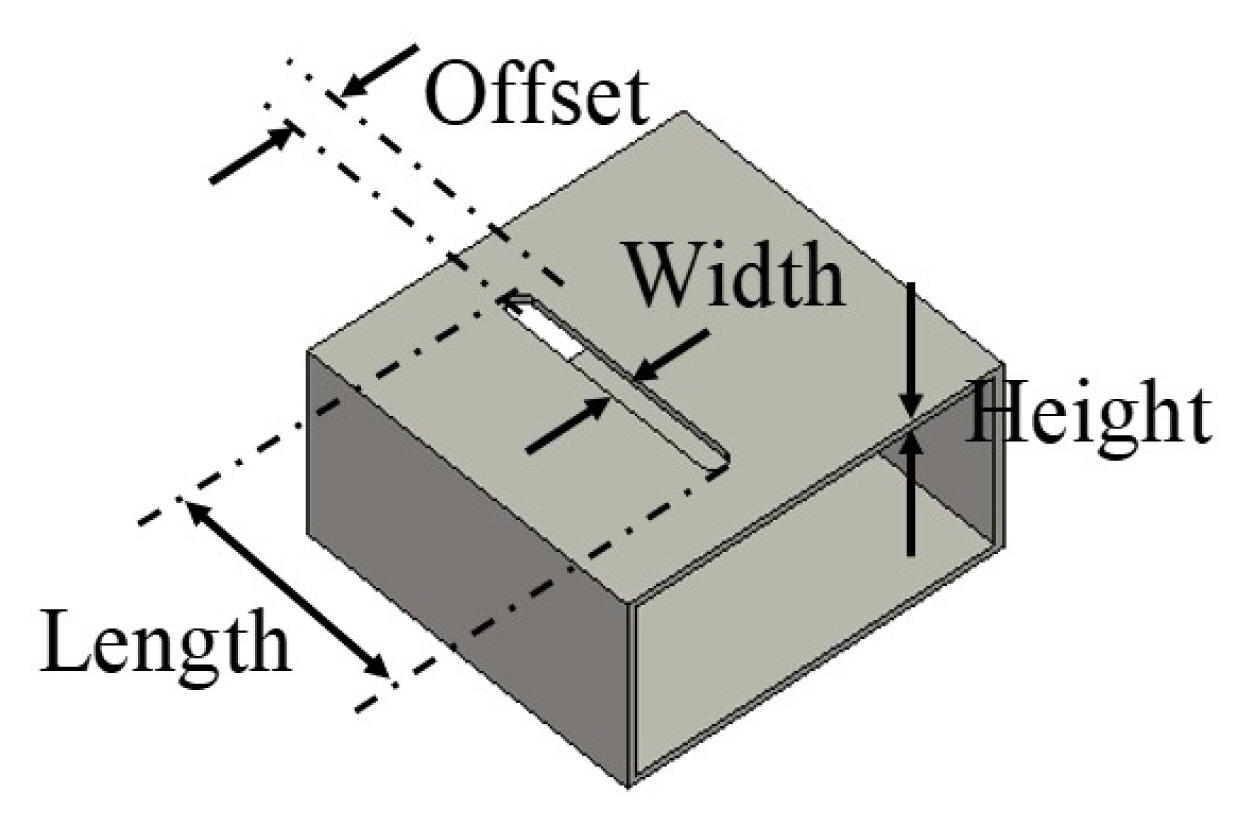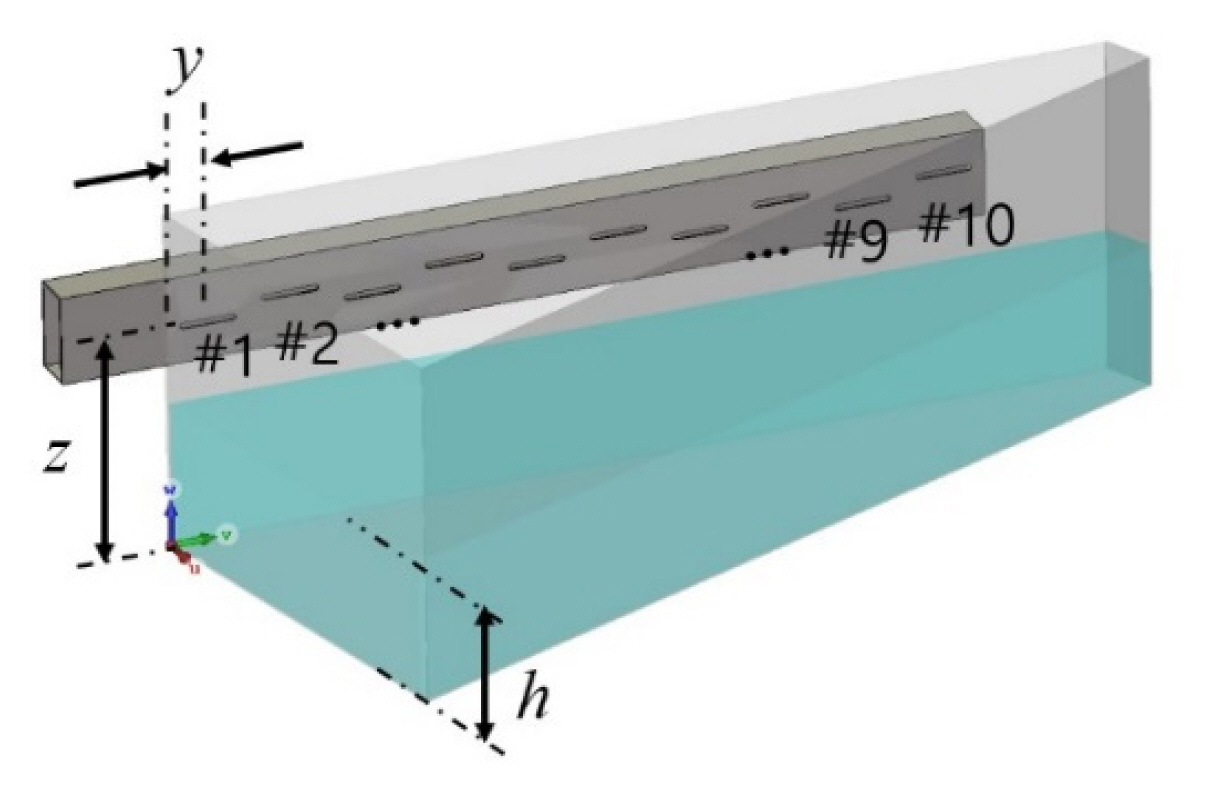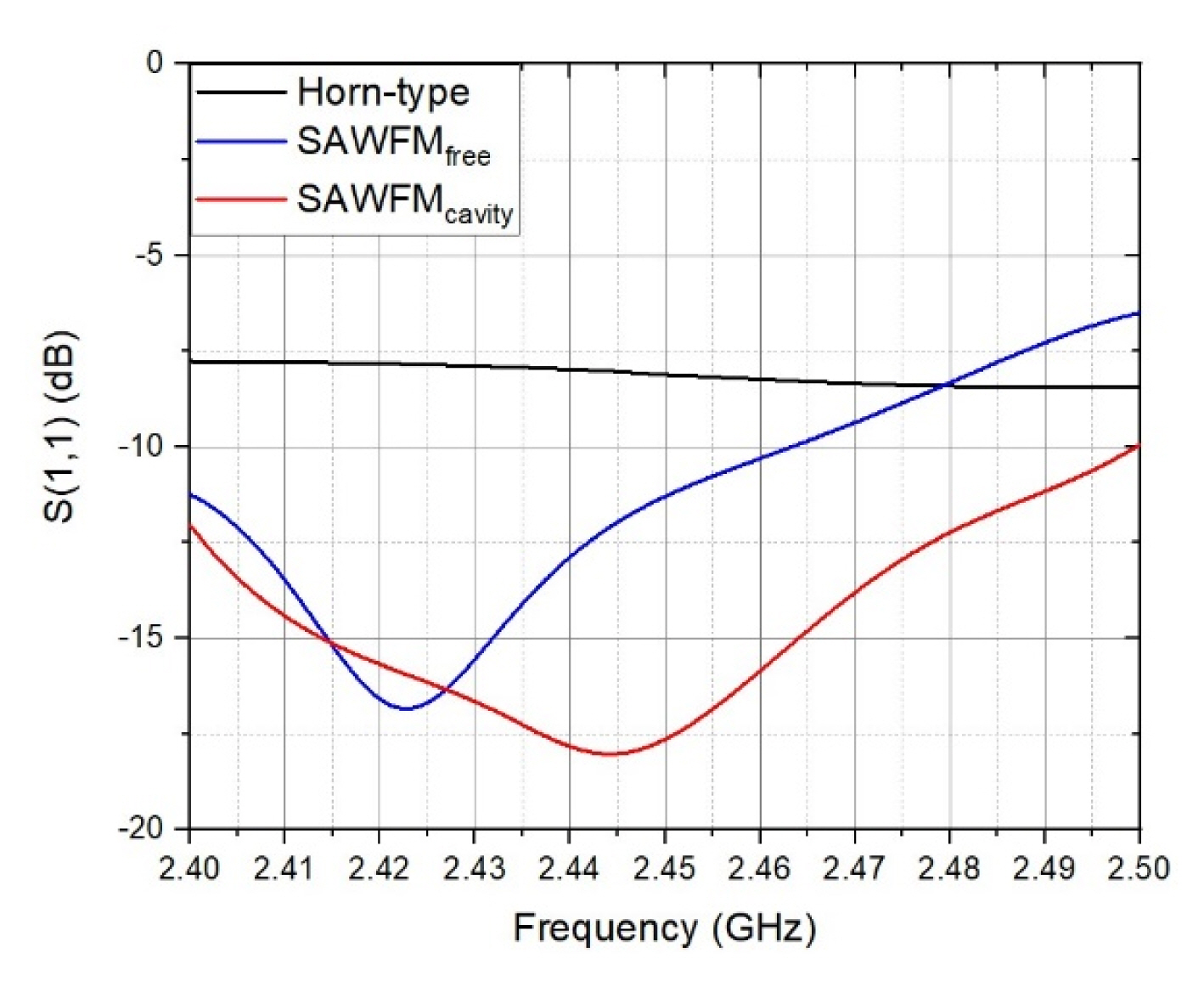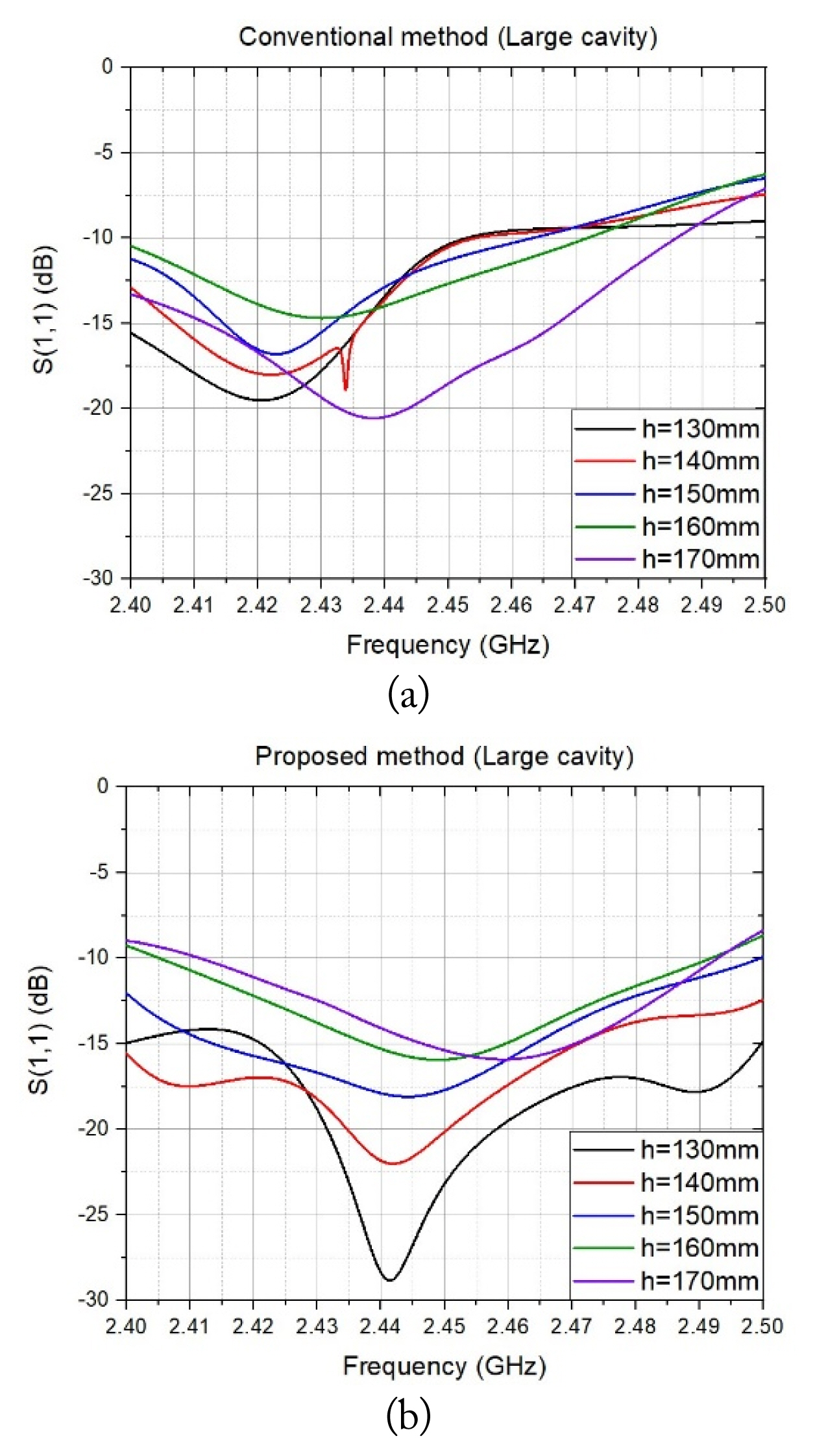1. AC Metaxas, "Microwave heating,"
IET Power Engineering Journal, vol. 5, no. 5, pp. 237ŌĆō247, 1991.

2. JM Osepchuk, "A history of microwave heating applications,"
IEEE Transactions on Microwave Theory and Techniques, vol. 32, no. 9, pp. 1200ŌĆō1224, 1984.

3. RJ Meredith, EngineersŌĆÖ Handbook of Industrial Microwave Heating. London, UK: Institution of Electrical Engineers, 1998.
4. FI Khan and AK Ghoshal, "Removal of volatile organic compounds from polluted air,"
Journal of Loss Prevention in the Process Industries, vol. 13, no. 6, pp. 527ŌĆō545, 2000.

5. SJ Yoon, JS Min, JY Kim, SJ Park, YK Han, JY Choi, NU Cho, and SG Moon, "System for removing VOCs using gas distribution plate," Korea Patent, 10-2017-0105033. July;2017.
6. D Neumaier, S Sanseverino, G Link, and J Jelonnek, "Homogeneous dielectric heating in large microwave ovens by excitation of multiple eigenmodes at their resonance frequencies," In:
Proceedings of the 17th International Conference on Microwave and High Frequency Heating (AMPERE); Valencia, Spain. 2019, pp 166ŌĆō173.

7. SH Bae, MG Jeong, JH Kim, and WS Lee, "A continuous power-controlled microwave belt drier improving heating uniformity,"
IEEE Microwave and Wireless Guided Wave Letters, vol. 27, no. 5, pp. 527ŌĆō529, 2017.

8. DA Hill, "Electronic mode stirring for reverberation chambers,"
IEEE Transactions on Electromagnetic Compatibility, vol. 36, no. 4, pp. 294ŌĆō299, 1994.

9. E Dominguez-Tortajada, J Monzo-Cabrera, and A Diaz-Morcillo, "Uniform electric field distribution in microwave heating applicators by means of genetic algorithms optimization of dielectric multilayer structures,"
IEEE Transactions on Microwave Theory and Techniques, vol. 55, no. 1, pp. 85ŌĆō91, 2007.

10. V Castrillo, G DŌĆÖAmbrosio, R Massa, F Chiadini, V Fiumara, A Scaglione, G Panariello, and IM Pinto, "Improved design of waveguide slot array applicators for microwave heating,"
Materials Research Innovations, vol. 8, no. 2, pp. 71ŌĆō74, 2004.

11. AA Barba, D Acierno, and M dŌĆÖAmore, "Use of microwaves for
in-situ removal of pollutant compounds from solid matrices,"
Journal of Hazardous Materials, vol. 207, pp. 128ŌĆō135, 2012.


12. S Ahn, C Jeong, D Lim, and W Lee, "Kilowatt-level power-controlled microwave applicator with multiple slotted waveguides for improving heating uniformity,"
IEEE Transactions on Microwave Theory and Techniques, vol. 68, no. 7, pp. 2867ŌĆō2875, 2020.

13. RE Collin, Antennas and Radiowave Propagation. New York, NY: McGraw-Hill, 1985. p.265ŌĆō273.
14. AF Stevenson, "The theory of slots in rectangular waveguides,"
Journal of Applied Physics, vol. 19, no. 1, pp. 24ŌĆō38, 1948.

15. AA Oliner, "The impedance properties of narrow radiating slots in the broad face of rectangular waveguide: Part I. theory,"
IRE Transactions on Antennas and Propagation, vol. 5, no. 1, pp. 4ŌĆō11, 1957.

16. AC Metaxas, Industrial Microwave Heating. London, UK: Institution of Electrical Engineers, 1983. p.5ŌĆō11.




